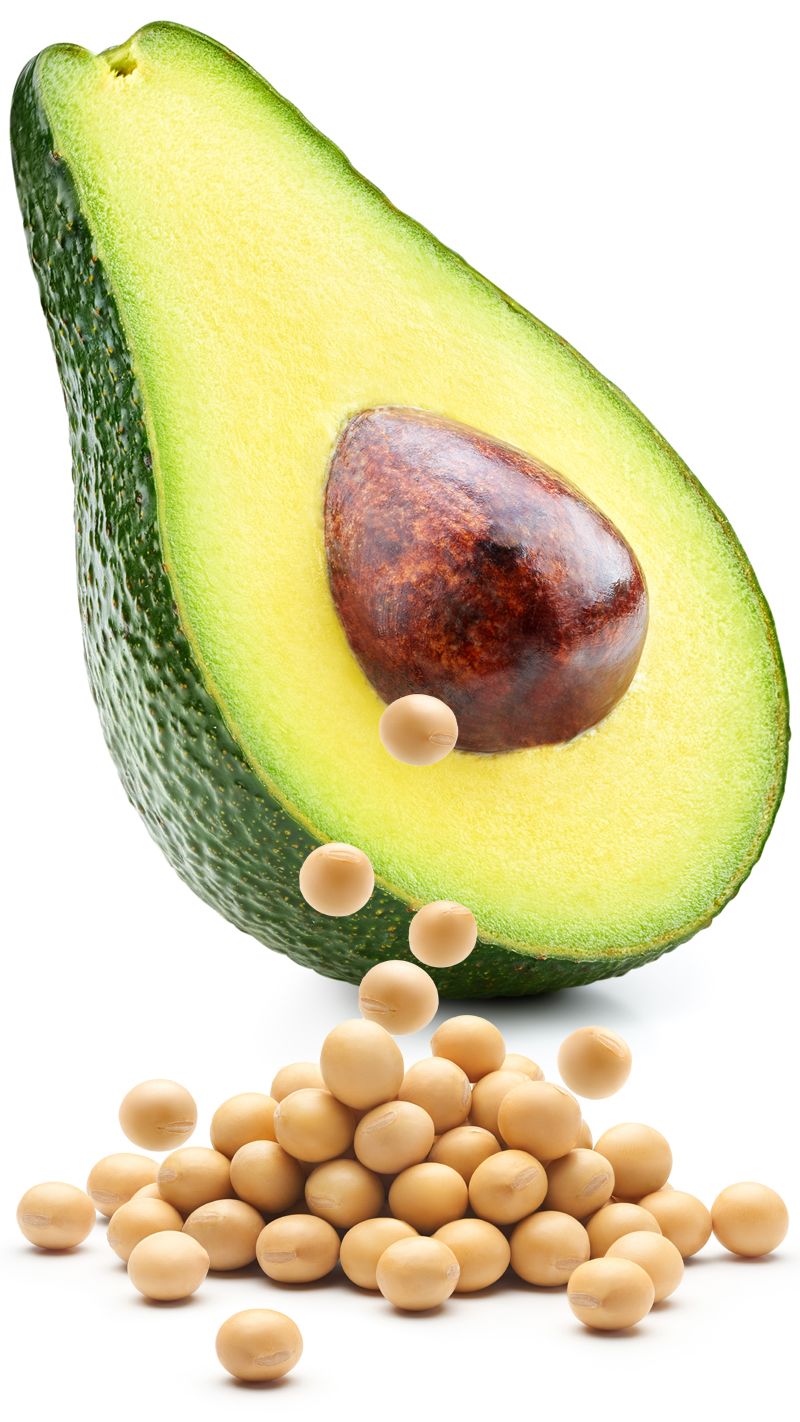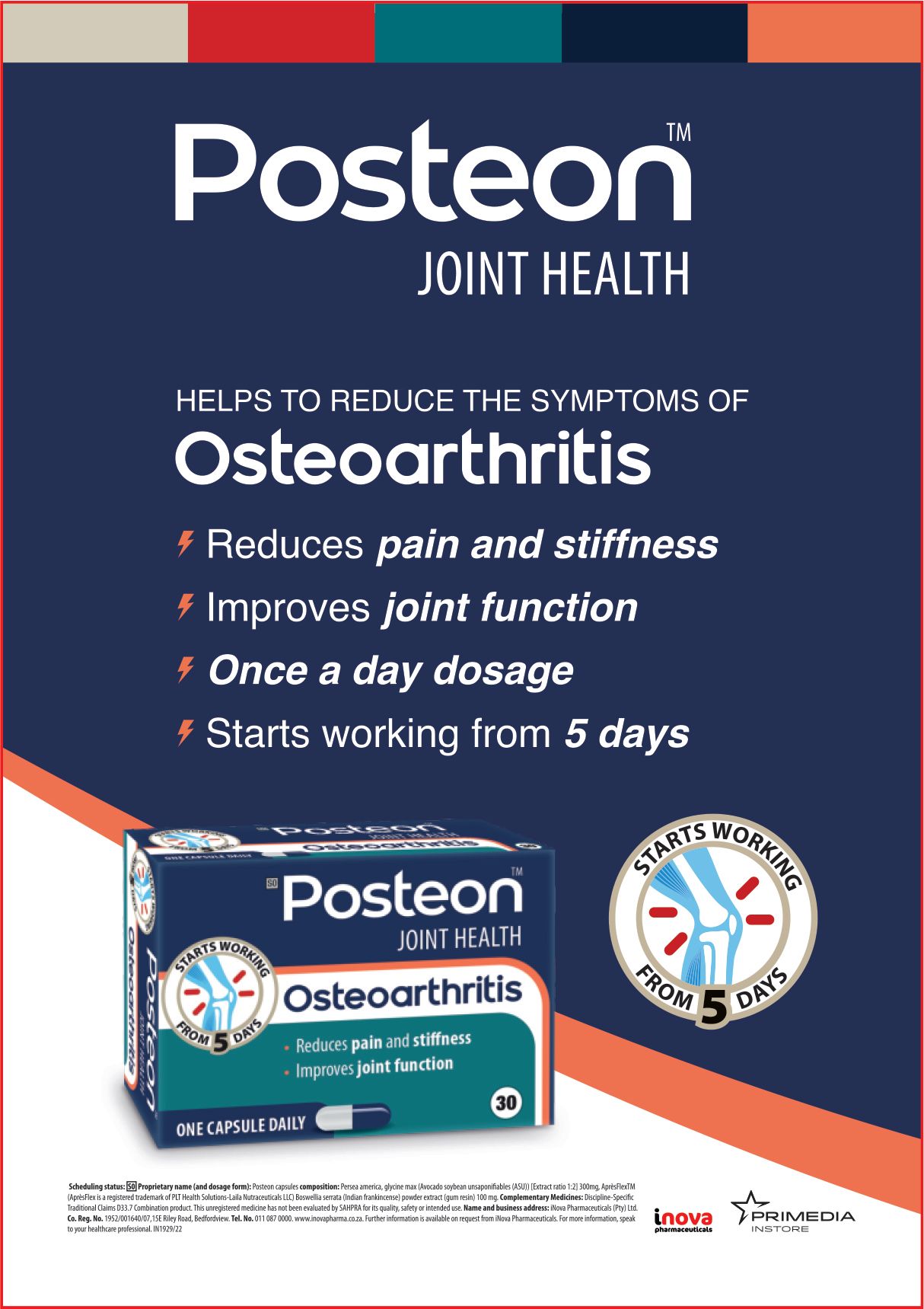Osteoarthritis:
Should you take the complementary route?
Osteoarthritis (OA) is a major cause of chronic pain and physical disability worldwide. Most pharmacological options/therapeutic options include symptomatic relief of pain. Does the world of complementary medicine offer better alternatives?
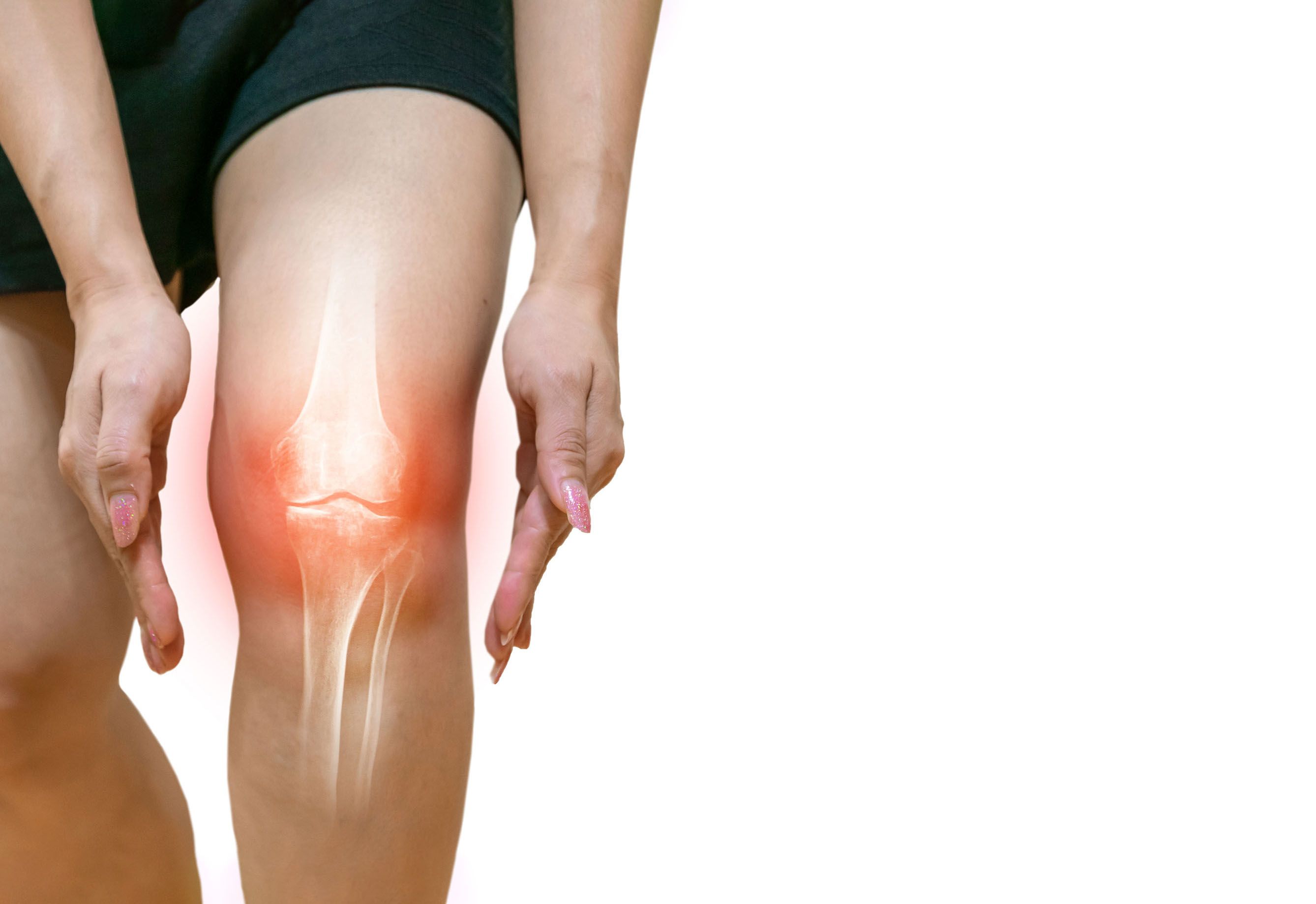
OA was once thought to be caused by wear-and-tear of the joints, but research has shown that there are other factors at play in this disease; including low-grade inflammation, the growth of blood vessels and nerves from the bone into the cartilage, and metabolic disorders.
People with OA experience pain, inflammation, and limited joint function. Treatments are mostly palliative, focusing on relieving symptoms or slowing the progression of the disease until the damaged joint can be replaced. Rescue medications for the symptomatic relief of pain and inflammation include NSAIDS (non-steroidal anti-inflammatory drugs). These medicines assist the patient with analgesia but may not be suitable for long term use due to side effects.
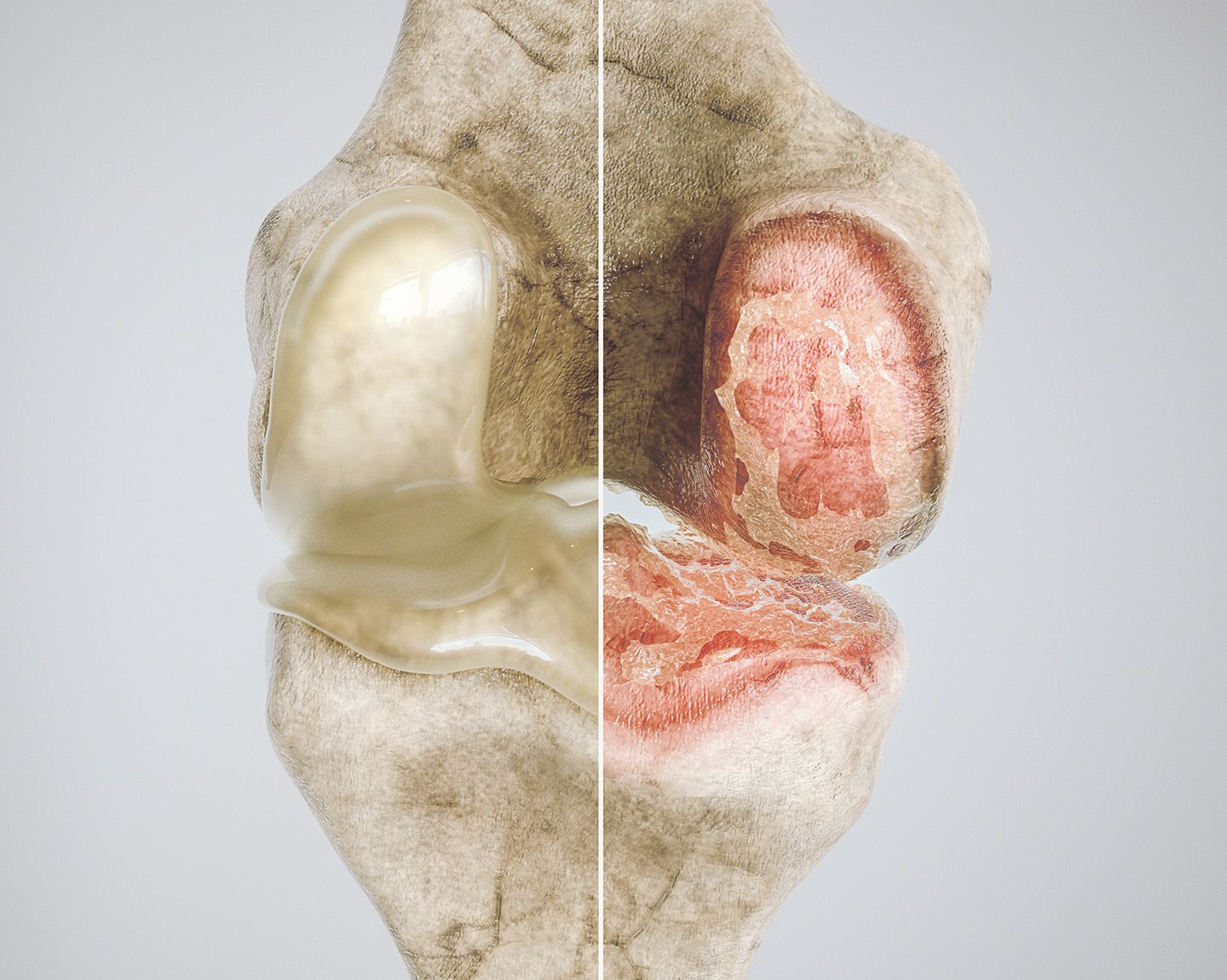
A WOMAN’S AILMENT?
The prevalence of OA is higher for women than men. This may be due several risk factors being more prevalent among women. Such risk factors may include differences in knee anatomy, previous knee trauma, genetic and hormonal factors, age, and obesity being more common among women. In general, women present for treatment in more advanced stages of OA and have more debilitating pain than men. They also have less cartilage volume, greater cartilage wear, and overall differences in mechanical alignment.
Women aged 50 to 60 are 3.5 times more likely to develop hand OA, 40% more to develop knee OA and 10% more likely develop hip OA than men.
When it comes to OA in the knee joint, the differences between women and men may be explained by differences in their bone structure. Female femurs appear to be narrower, with thinner patellae, larger quadriceps angles, and variations in tibial condylar size. These differences are significant enough that total knee replacements in men and women are completely different operations.
Differences in knee cartilage volume also appear to be significant. Men tend to have greater total tibial and patella cartilage volume compared to women. Additionally, women have a higher prevalence of patellar cartilage defects initially, and over time, women tend to experience more loss of knee cartilage volume than men. This suggests that women may face an elevated risk of the progression of tibiofemoral cartilage defects.
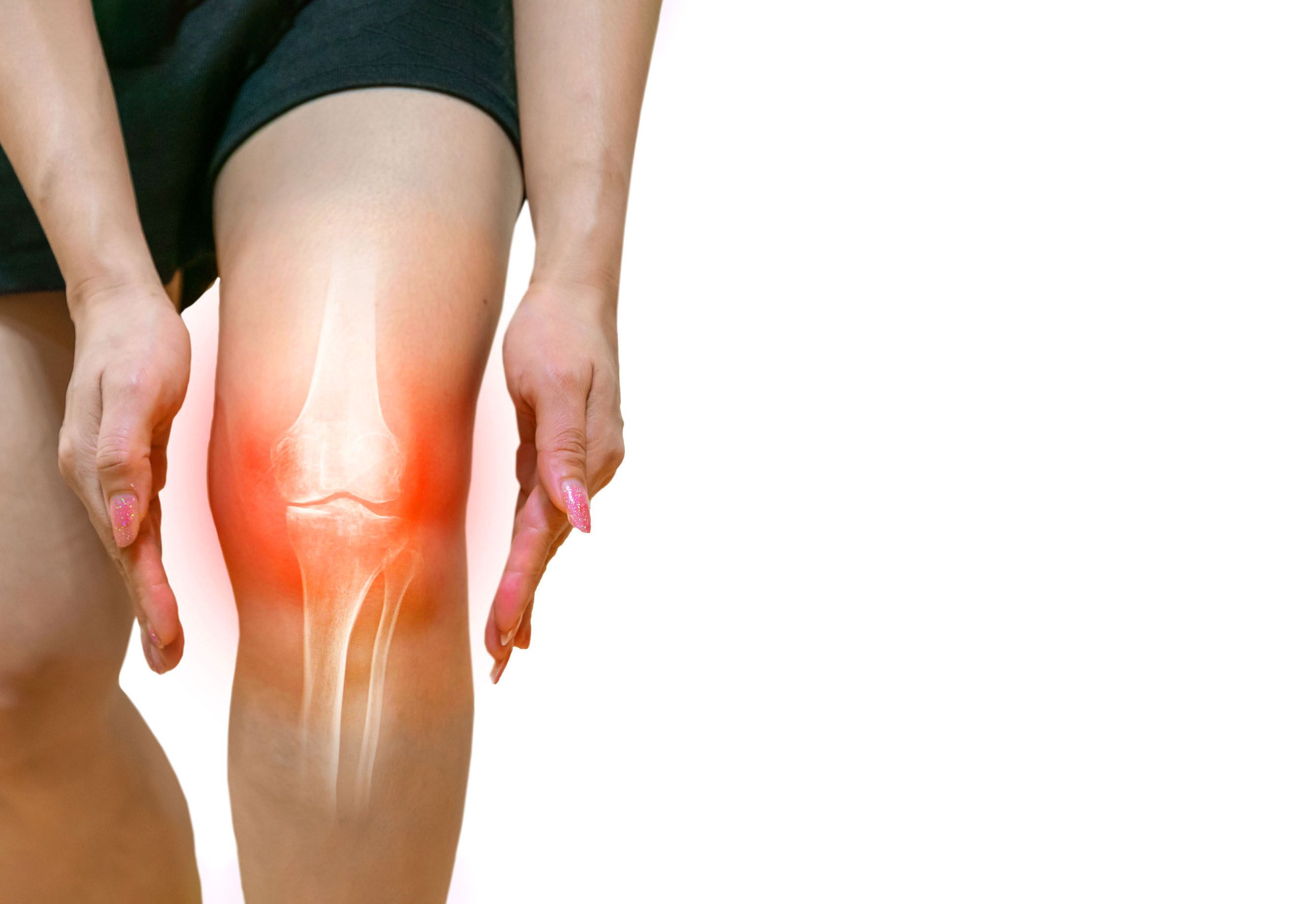
TREATING OSTEOARTHRITIS
(Treatment options for OA)
Currently, there is no cure for OA. Treatment can include pharmacological and non-pharmacological approaches. Non-pharmacological approaches can include surgical interventions, physiotherapy and (another option). Pharmacological treatments include symptomatic relief of pain and inflammation; some medicines that provide such relief include:
- Paracetamol/Acetaminophen for analgesia but does not provide anti-inflammatory activity.
- NSAIDs for analgesia and anti-inflammatory effects. However, these medicines can only be used for a shorter treatment period as there are gastrointestinal side effects that can occur with prolonged use.
- Intra-articular injection of corticosteroids, which treats at the sight of pain, but is short-acting.
- Viscosupplementation with hyaluronic acid, a form of structural modifier for the joint but may be short acting.
Treating OA holistically means including lifestyle modification to assist in the progression of the disease. Particularly, reductions in BMI will have the effect of lessening the weight burden on joints, in addition to a host of other benefits. For example, treatment of comorbidities such as obesity can lessen the amount of weight on the joints.
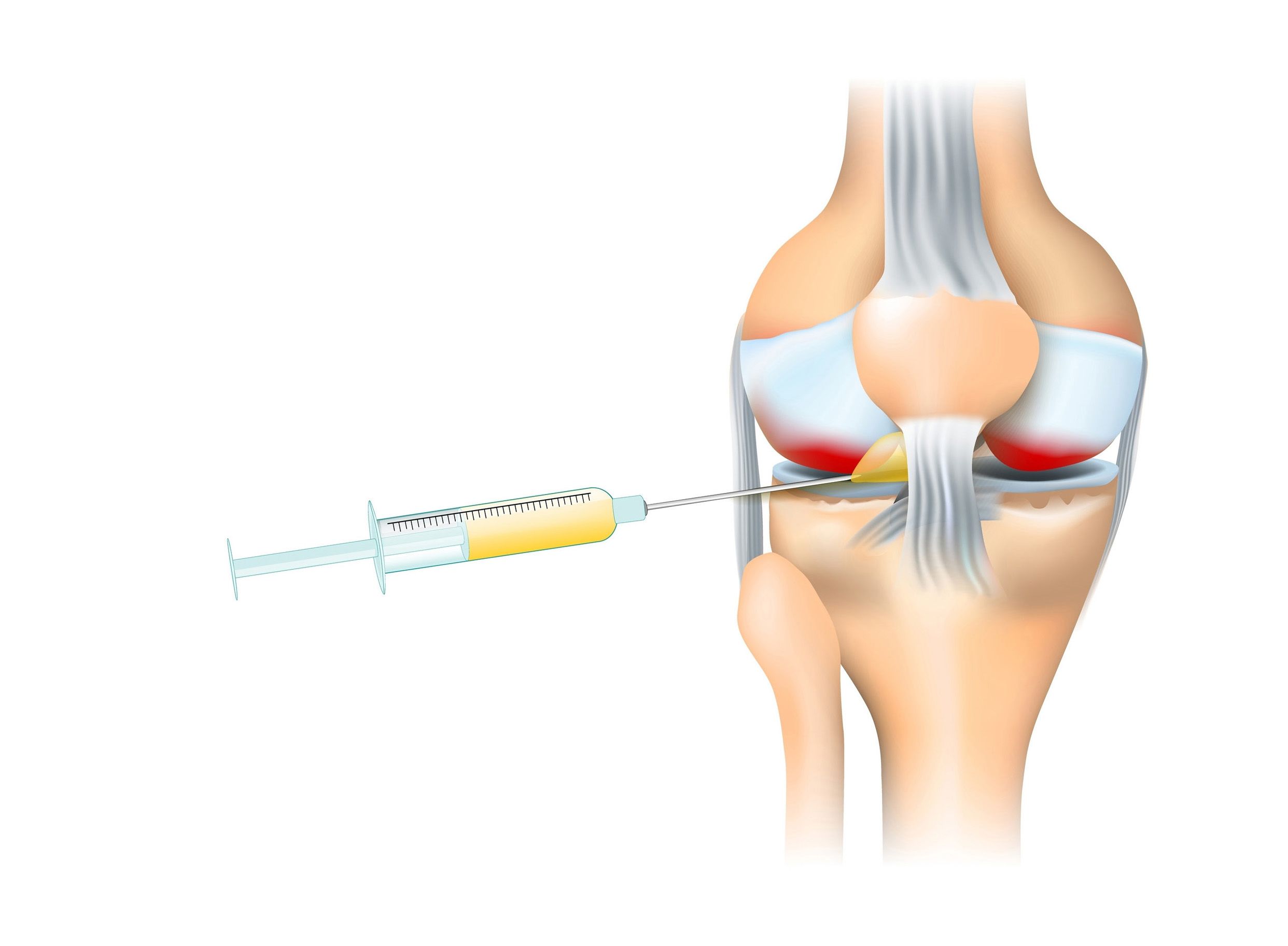
COMPLEMENTARY APPROACH
Another class of pharmacological treatment options (outside of analgesics and anti-inflammatories) we can consider is complimentary medicines. These medicines serve as alternative options that can assist a patient suffering with OA. A study by Jawahar et al found that women are likely to consider taking complementary medicines for osteoarthritis of the knee. There are two key ingredients to unpack here: Boswellia serrata and avocado soybean unsaponifiables.
Complementary and alternative medicines (CAMs) have been used to treat knee osteoarthritis for many years. CAM therapies include herbal remedies, acupuncture, mind-body techniques, topical treatments, and oral supplements.
A study by Jawahar et al found that women are more likely than men to use CAM (including mind-body interventions) for knee osteoarthritis. The study supports the finding that women are more likely to use CAM either alone or alongside conventional medical treatments for knee osteoarthritis.
Boswellia serrata
Boswellia serrata, or Indian frankincense, is a traditional ingredient/medicine for osteoarthritis. Its gum resin contains boswellic acids, which have anti-inflammatory properties. Research into the structure-activity relationship of these acids reveals that the carboxylic and 11-keto groups are crucial for inhibiting 5-lipoxygenase, an enzyme involved in inflammation.
Boswellia serrata has a long history in traditional medicine for treating inflammation, thanks to the presence of boswellic acids.
Boswellia extract is an inhibitor of 5-lipoxygenase (5-LOX), a key enzyme in the biosynthesis of leukotrienes from arachidonic acid in the cellular inflammatory cascade. Aflapin is a novel compound derived from Boswellia serrata gum resin that has shown promise in reducing inflammation. A recent study shows that Aflapin inhibits the production of inflammatory cytokine-induced matrix metalloproteinase-3 (MMP-3), a marker or driver of cartilage degradation, and promotes the recovery of cartilage ground substance, specifically glycosaminoglycans (GAG) an important component of health cartilage.
At a molecular level, Aflapin supplementation demonstrates benefits in reducing pro-inflammatory factors such as TNFα and hsCRP while protecting against cartilage tissue degradation by inhibiting MMP-3.
Aflapin has demonstrated significant efficacy in reducing pain and improving quality of life in clinical trials involving knee osteoarthritis patients. A study involving 70 subjects that measured Aflapin vs placebo, showed that Aflapin provided substantial relief from osteoarthritis symptoms as early as five days into supplementation.
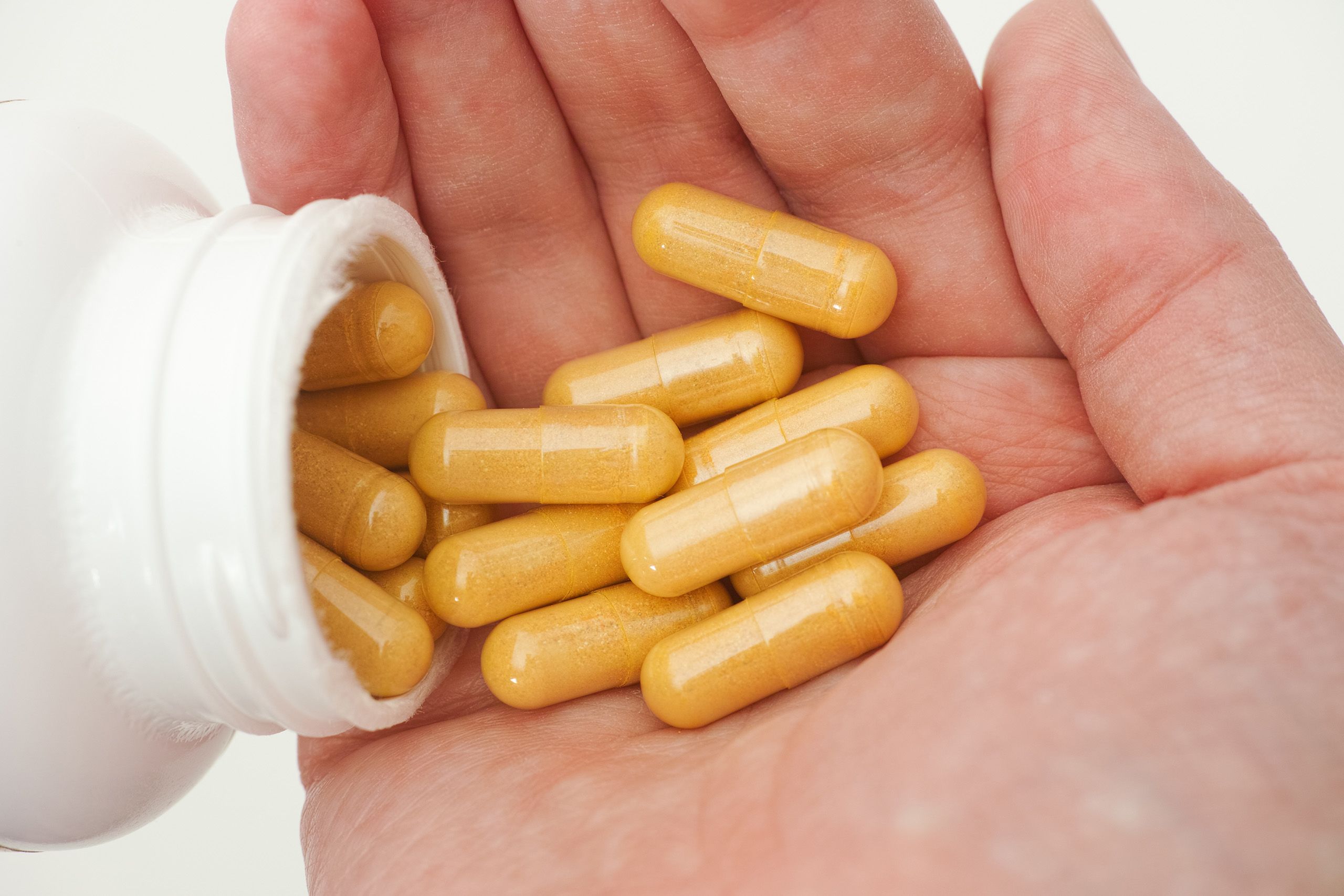
Boswellia capsules
Boswellia capsules
After 30 days of Aflapin supplementation, there were substantial reductions in various pain scores, including Visual Analog Scale and Lequesne Functional Index, WOMAC pain, WOMAC stiffness, WOMAC function, and total WOMAC scores, compared to the placebo group. These reductions were significant both on day five and day 30 of supplementation, showing a progressive improvement with treatment.
These studies show that this ingredient may assist in structure modification, pain reduction due to impact on pro-inflammatory markers and improve function.
Avocado soybean unsaponifiables
Dietary supplements such as avocado soybean unsaponifiables (ASU) have been found to modify symptoms of OA, as noted in the latest EULAR guidelines. They are used to manage mild to moderate pain and reduce OA symptoms, reducing the amount of NSAID use.
- ASU, derived from avocado and soybean oils, consists of a fraction left over after saponification It contains phytosterols like β-sitosterol, campesterol, and stigmasterol.
- ASU has been used in OA as it has shown possible chondroprotective, anabolic, and anticatabolic properties. It hinders cartilage breakdown and promotes repair by suppressing inflammatory molecules like IL-1, IL-6, IL-8, TNF, and PGE2 through modulation of NF-kappaB.
- ASU also influences the production of COX-2 and PGE2, both involved in cartilage breakdown, and inhibits collagenase and stromelysin-1 release and activity in chondrocytes.
A study on 260 patients with knee OA found that daily administration of ASU significantly reduced NSAID and analgesic usage compared to a placebo. Another study on hip OA showed no significant difference in joint space width between ASU and placebo groups overall, but when assessing the most seriously affected subgroups, joint space loss was notably lower in the ASU group.
CONCLUSION
Treatment options in pharmacotherapy extend beyond analgesics, NSAIDS, and corticosteroids. Considering complementary medicines to support symptomatic relief, structural modification and functional improvement opens possible treatment options for patients suffering with OA, and potentially reducing their reliance on frequent use of rescue medications. Ingredients such as Boswellia serrata and ASU may be used for OA management. These ingredients have been shown to support healthy joints and help reduce the symptoms of osteoarthritis such as joint pain and stiffness. Boswellia and ASU in combination assist the improvement of joint function, thus improving functional ability, range of motion and mobility.
REFERENCES
Alluri, VK, et al, 2020. An Anti-Inflammatory Composition of Boswellia serrata Resin Extracts Alleviates Pain and Protects Cartilage in Monoiodoacetate-Induced Osteoarthritis in Rats. Volume 2020, Article ID 7381625, 12 pages.
Christiansen, BA, et al, 2015. Management of Osteoarthritis with Avocado/Soybean Unsaponifiables. Cartilage. 2015 Jan;6(1):30-44.
Hame, SL, et al, 2013. Knee osteoarthritis in women. Curr Rev Musculoskelet Med. 2013 Jun; 6(2): 182–187.
Karlapudi, V, et al, 2022. Efficacy and Safety of Aflapin, a Novel Boswellia Serrata Extract, in the Treatment of Osteoarthritis of the Knee: A Short-Term 30-Day Randomized, Double-Blind, Placebo-Controlled Clinical Study. Journal of the American Nutrition Association.
Salehi, B, et al, 2020. Avocado-Soybean Unsaponifiables: A Panoply of Potentialities to Be Exploited. Biomolecules. 2020 Jan 13;10(1):130.
Yang, W, et al, 2021. The Efficacy and Safety of Disease-Modifying Osteoarthritis Drugs for Knee and Hip Osteoarthritis—a Systematic Review and Network Meta-Analysis. J Gen Intern Med: 36(7):2085–93.




